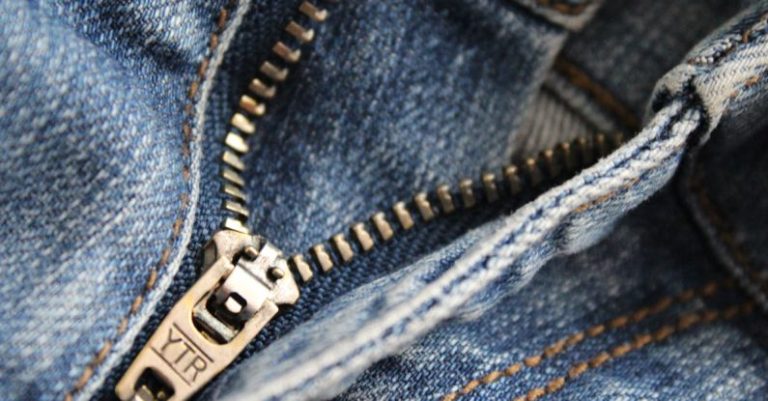
Adding a zipper to a pillow cover can elevate its style and functionality. Whether you want to change the look of your pillow covers or simply need to replace a worn-out zipper, sewing in a zipper may seem like a daunting task if you’re not familiar with the process. However, with the right tools, materials, and a bit of patience, you can easily master this skill. Below, we’ll guide you through the steps on how to sew a zipper into a pillow cover.
Selecting the Right Zipper and Fabric
Before you begin sewing in the zipper, it’s crucial to choose the right zipper size and fabric for your pillow cover. Select a zipper that matches the length of your pillow cover to ensure a proper fit. Opt for a zipper that complements the color and style of your fabric for a cohesive look. Additionally, make sure your fabric is sturdy enough to support the zipper and withstand regular use.
Preparing the Fabric and Zipper
To start, lay your fabric flat with the right side facing up. Place the zipper face down along the edge of the fabric where you want to insert it. Pin the zipper in place to secure it before sewing. Make sure the zipper pull is facing the inside of the fabric to avoid any complications when flipping the cover right side out.
Sewing the Zipper
Using a zipper foot on your sewing machine, stitch along the edge of the fabric close to the teeth of the zipper. Start sewing from the top of the zipper and work your way down, removing the pins as you go. Backstitch at the beginning and end of your seam to secure the stitches. Ensure the stitches are straight and even to create a professional finish.
Attaching the Other Side of the Zipper
Once you’ve sewn one side of the zipper, it’s time to attach the other side. Align the remaining edge of the fabric with the other side of the zipper, right sides together. Pin the fabric and zipper in place, ensuring they are aligned properly. Sew along the edge of the fabric using the zipper foot, following the same process as before. Backstitch at the beginning and end to secure the stitches.
Finishing Touches
After sewing both sides of the zipper, unzip it halfway to make it easier to turn the pillow cover right side out. Trim any excess fabric and threads, being careful not to cut into the seam. Press the seams with an iron to flatten them and create a crisp finish. Finally, zip up the pillow cover completely to ensure the zipper functions smoothly.
Troubleshooting Tips
If you encounter any issues while sewing in the zipper, such as puckering fabric or uneven stitches, don’t panic. You can use a seam ripper to carefully remove the stitches and start again. Take your time and make adjustments as needed to achieve the desired results. Practice makes perfect, so don’t be discouraged if your first attempt isn’t flawless.
Embracing Your Creativity
Sewing a zipper into a pillow cover is a practical skill that can enhance your home decor projects. Experiment with different zipper colors and fabric combinations to add a personal touch to your pillow covers. Whether you prefer classic neutrals or bold patterns, sewing in zippers allows you to customize your pillows to suit your style.
Incorporating zippers into your pillow covers not only adds a functional element but also elevates the overall aesthetic of your decor. By following these simple steps and practicing your sewing skills, you can confidently sew zippers into your pillow covers with ease. Enjoy the process of creating beautifully crafted pillow covers that showcase your creativity and attention to detail.





